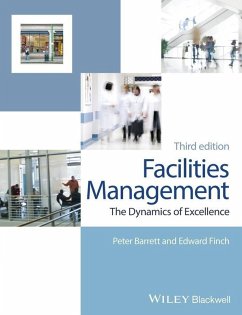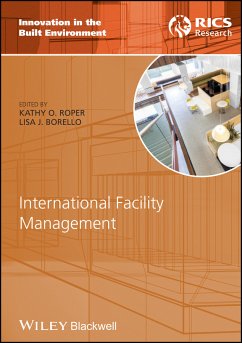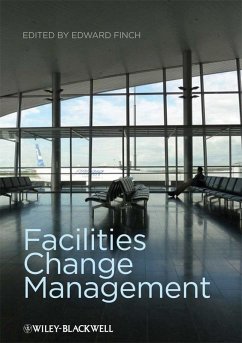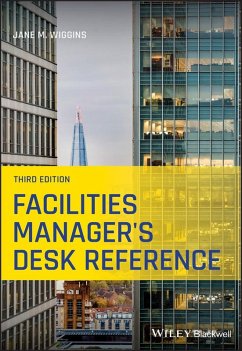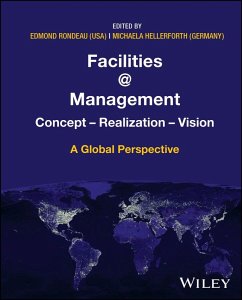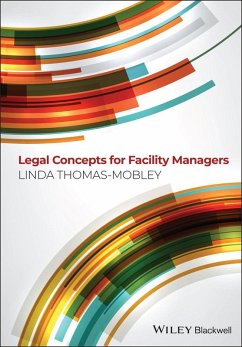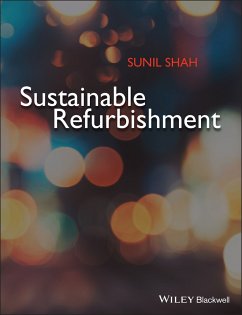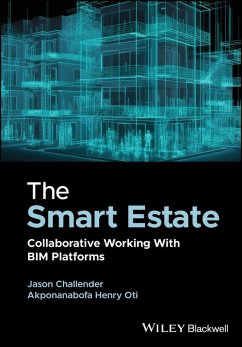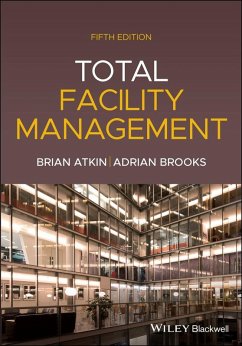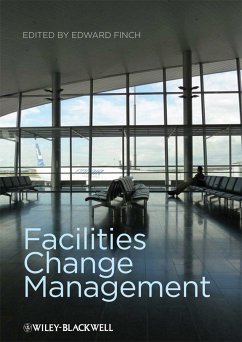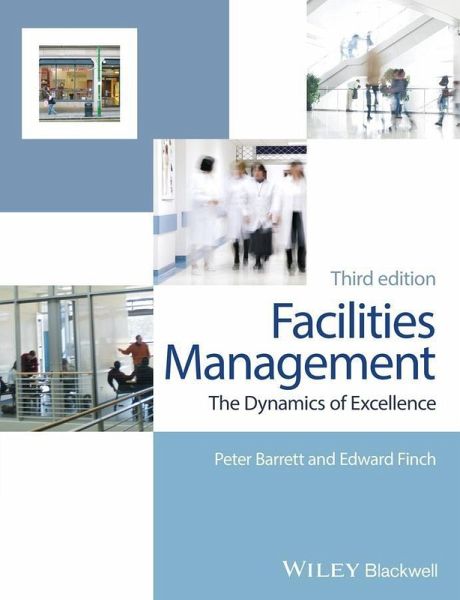
Facilities Management (eBook, ePUB)
The Dynamics of Excellence
Versandkostenfrei!
Sofort per Download lieferbar
61,99 €
inkl. MwSt.
Weitere Ausgaben:

PAYBACK Punkte
0 °P sammeln!
Facilities management continues to expand and develop in terms of the volume and diversity of commercial activity, with a significant influence upon organisational success and goal achievement. The two previous editions of Facilities Management have become established as key sources for all facilities management courses and forward thinking facilities managers, providing a strong blend of research-informed opportunities and practical, balanced advice for strategically orientated practitioners.This third edition builds on those foundations, focussing on the driving idea that excellent facilitie...
Facilities management continues to expand and develop in terms of the volume and diversity of commercial activity, with a significant influence upon organisational success and goal achievement. The two previous editions of Facilities Management have become established as key sources for all facilities management courses and forward thinking facilities managers, providing a strong blend of research-informed opportunities and practical, balanced advice for strategically orientated practitioners.
This third edition builds on those foundations, focussing on the driving idea that excellent facilities management demands a responsive and dynamic approach to the positive impacts facilities can have on users operating within a world in flux. Within this overarching theme the book considers numerous contemporary issues facing facilities managers, within a framework that covers organisation, technology and process.
This third edition builds on those foundations, focussing on the driving idea that excellent facilities management demands a responsive and dynamic approach to the positive impacts facilities can have on users operating within a world in flux. Within this overarching theme the book considers numerous contemporary issues facing facilities managers, within a framework that covers organisation, technology and process.
Dieser Download kann aus rechtlichen Gründen nur mit Rechnungsadresse in D ausgeliefert werden.




